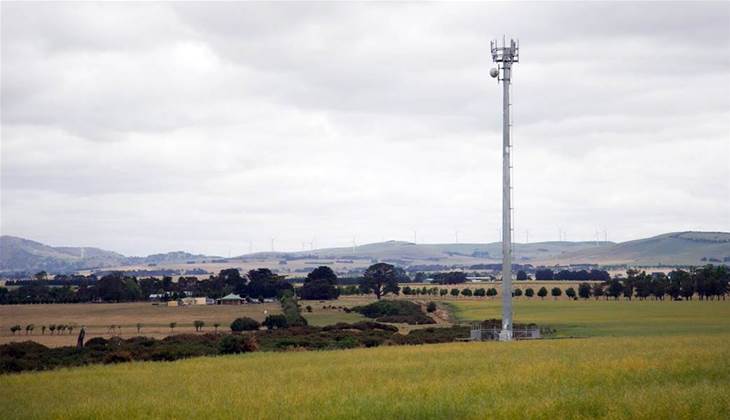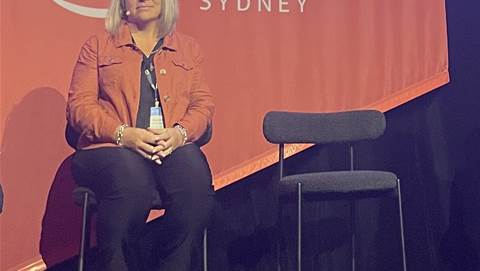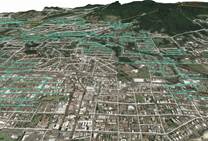NBN Co has revealed almost 28 percent of its fixed wireless towers have seen take-up rates at least 2.5 times higher than those assumed in planning in 2011.

The network builder said this week that, as of June 18, it had “549 fixed wireless towers [that] have a take-up rate of more than 50 percent.”
“Of these, eight have a take-up rate of more than 80 percent,” it said.
Given it had 1972 towers “on-air” at that time, it means a shade under 28 percent of the fixed wireless network has seen the higher take-up rates.
“It’s worth noting that in 2011, the fixed wireless network was being designed with ... an assumed take-up rate just over 20 percent,” NBN Co said.
The company did not provide a figure for how many fixed wireless towers are over this 20 percent take-up.
The higher than initially expected take-up rates are likely to be a contributor to performance and congestion issues experienced in parts of the fixed wireless network.
NBN Co said that “it is important to note that take-up rates do not always directly correlate to congestion levels, which are also influenced by other factors such as the number of cells on a particular tower.”
However, it later confirmed take-up is one of two key factors in the current congestion issues.
“Congestion has predominantly arisen within areas where the fixed wireless service has been available for several years and reflects both high take-up and changing usage patterns,” it said.
“NBN Co is working systematically to provide capacity relief across the range of congested cells.”
The company denied the congestion problems were caused by point-to-point microwave backhaul links, which are used for 81 percent of the fixed wireless footprint.
“NBN Co’s fixed wireless network is dimensioned to ensure that microwave backhaul links do not form a point of contention, but instead provide enough capacity to carry all the traffic generated by towers,” it said.
The company said back in April that “under 500” out of “around 7000” cells were officially classified as congested, and therefore in line for remediation works.
(The number of fixed wireless cells across all NBN towers has since risen to 8430, according to the newly-released figures, although the number of cells being remediated was not similarly updated).
Because only some cells on a fixed wireless tower are likely to be congested, NBN Co said it had decided not to publicly identify the tower locations.
“In almost all cases where congestion is occurring, only a portion of a given tower coverage area will be potentially impacted,” it said.
“To avoid causing confusion for households and communities covered by non-congested cells on the same tower, NBN Co has not released tower locations.
“However, NBN Co is proactively informing specific households that will be impacted by cell capacity upgrades.”
Back in May, NBN Co dropped plans to launch a 100Mbps service tier for fixed wireless users over concerns that it could exacerbate congestion issues, and make it harder for NBN Co to get all users up to meet minimum performance obligations.
The company still offers a 50Mbps fixed wireless product, which about nine percent of its total fixed wireless customer base uses.
That would put the total number of 50Mbps users at around 21,872.
NBN50 has not become a default standard on fixed wireless as it has on fixed line, since a new pricing offer on that tier excludes fixed wireless users.
A consultation is currently underway on whether to extend that new pricing arrangement to fixed wireless users or not. Retail service providers such as Aussie Broadband have long advocated for that to occur.
NBN Co also said that it will have a new wireless network termination device (in-home modem) available around Q1 of FY19.
“All new service requests, irrespective of speed-tiers, will use the new WNTD, as the current version will be phased out from the supply chain,” it said.
The company said that “the withdrawal of the current WNTD is not triggered by an ability to support 100/40 plans now or in the future” on fixed wireless.






















